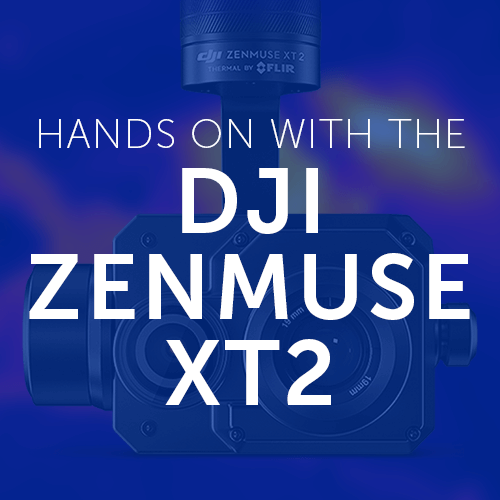
Products
Published on 20 Jul 2018
James Willoughby
Hands on with the DJI Zenmuse XT2
The Heliguy team have created a guide to the DJI Zenmuse XT2 thermal camera. Find out more about its intelligent features in our latest Insider post. ... Read More
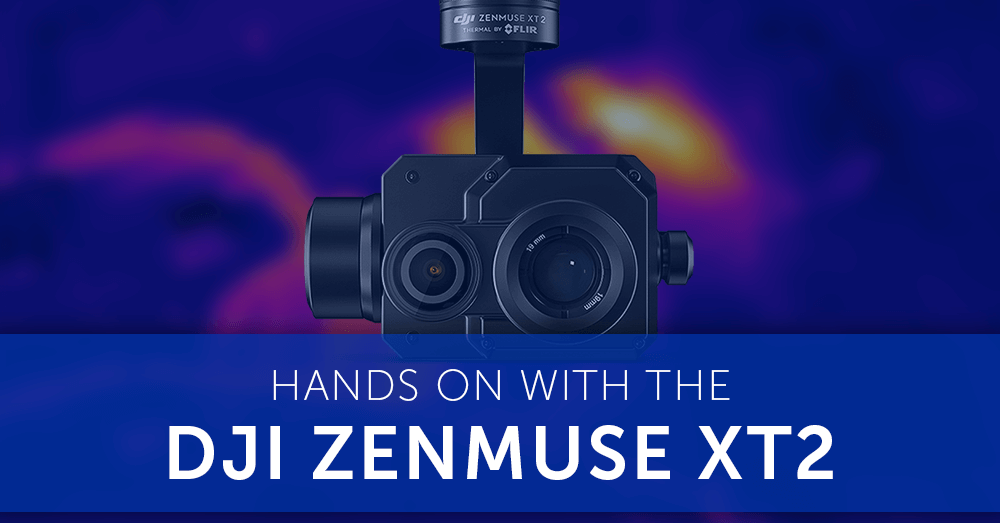
Key Features
Before we get into the post, check out some of the key features of the DJI Zenmuse XT2:
Features dual 4K, 12MP, 1/1.7″ CMOS visual sensor and FLIR Tau 2 thermal sensor
IP44 rating for dust and water protection
Compatible with the DJI Matrice 200 and 600 Series
Thermal sensitivity of <50 MK
Available in 9 or 30 HZ with a range of lenses to choose from
Built-in visual and thermal data storage
What's in the Box?
Next, let's look at what's included with the Zenmuse XT2.
1522831514Zenmuse_XT2-small.png DJI Zenmuse XT2 | * Gimbal and Camera x 1 * 32G micro SD Card x 2 * Secure Hard Case x 1 * Instruction Manual x 1 |
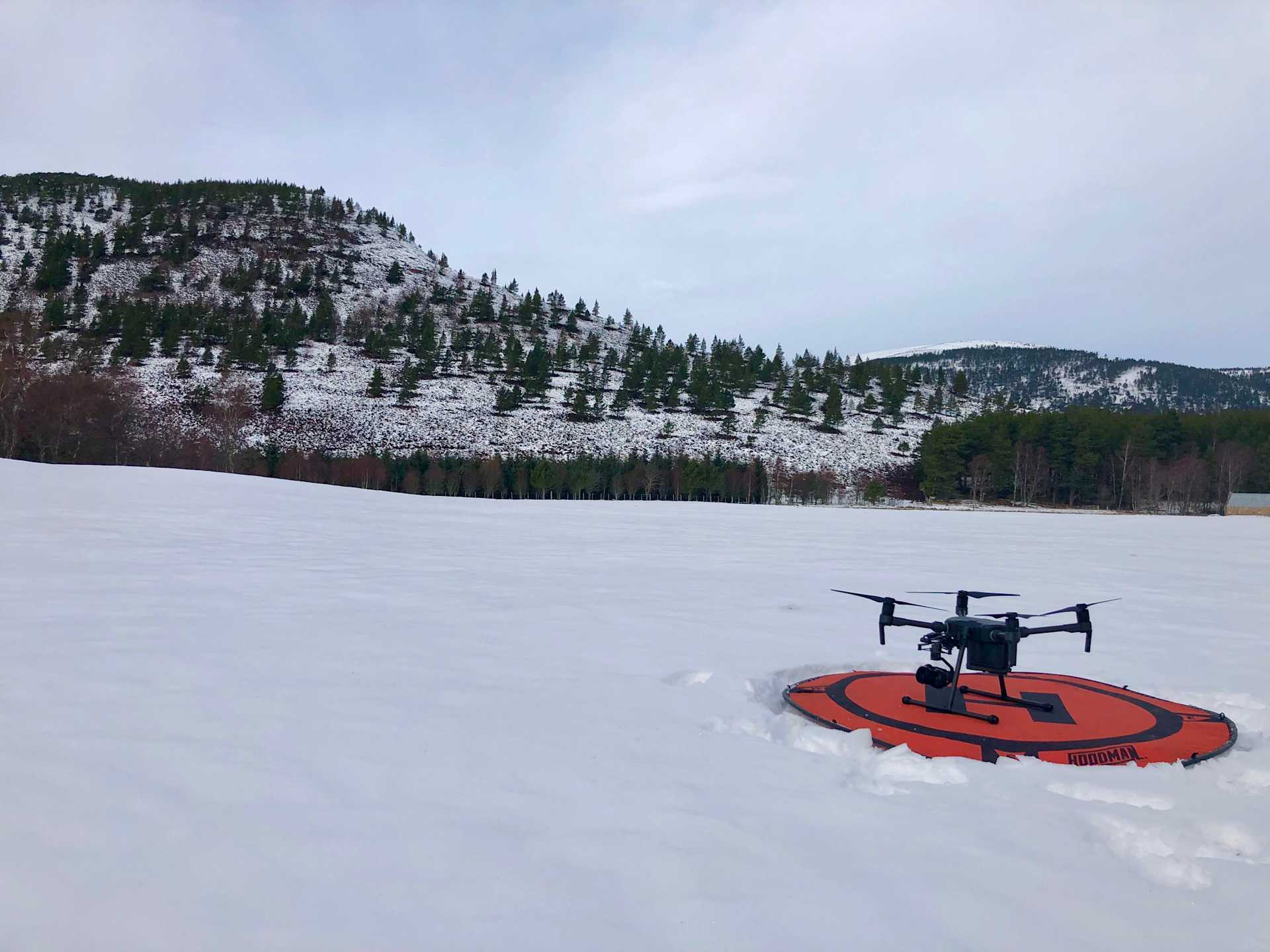
Guide to the Zenmuse XT2
In this section, we will break down the basic and intelligent functions of the DJI Zenmuse XT2 and what they're used for.
Zenmuse XT2 Setup
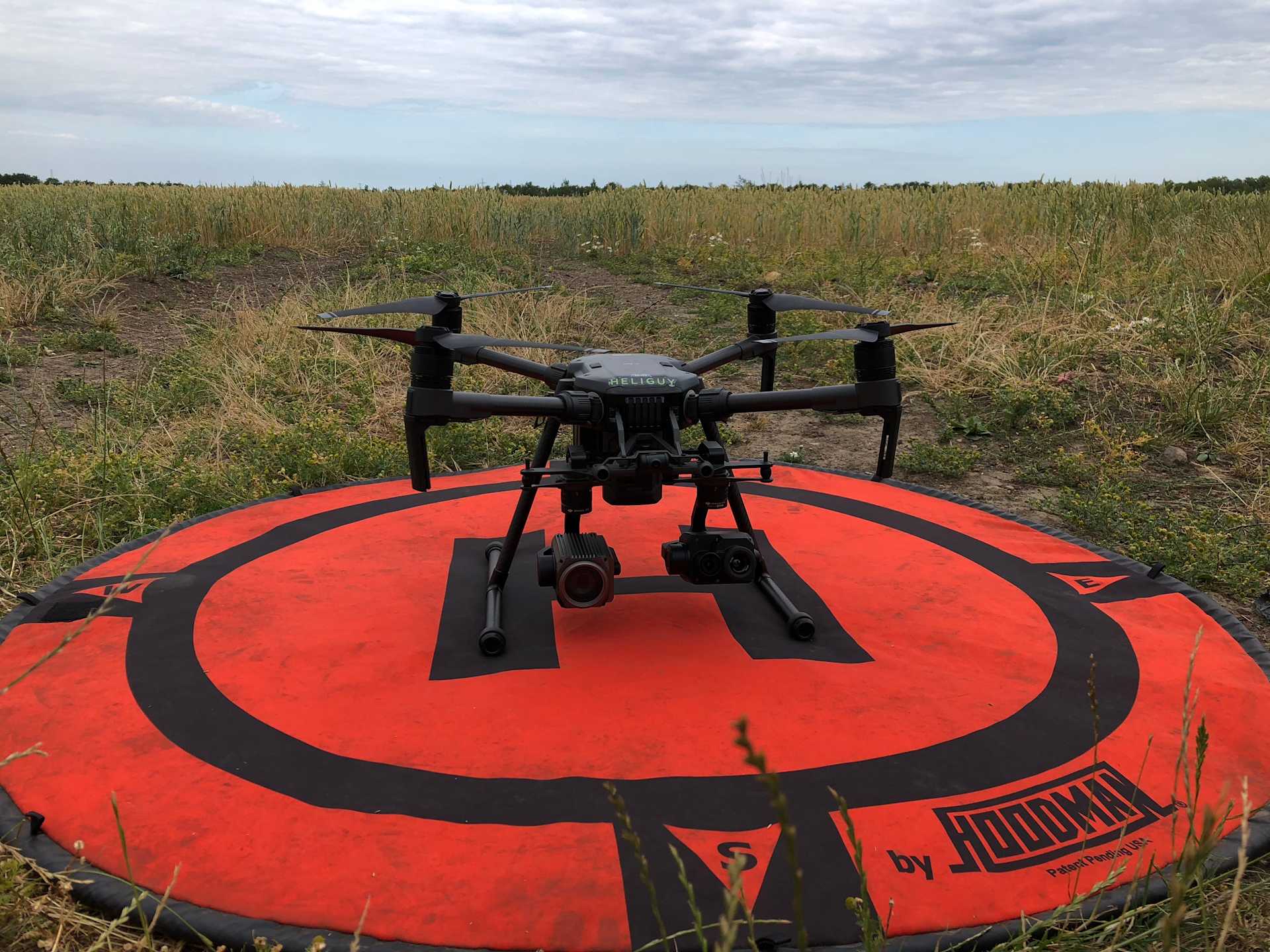
DJI Pilot App for the XT2
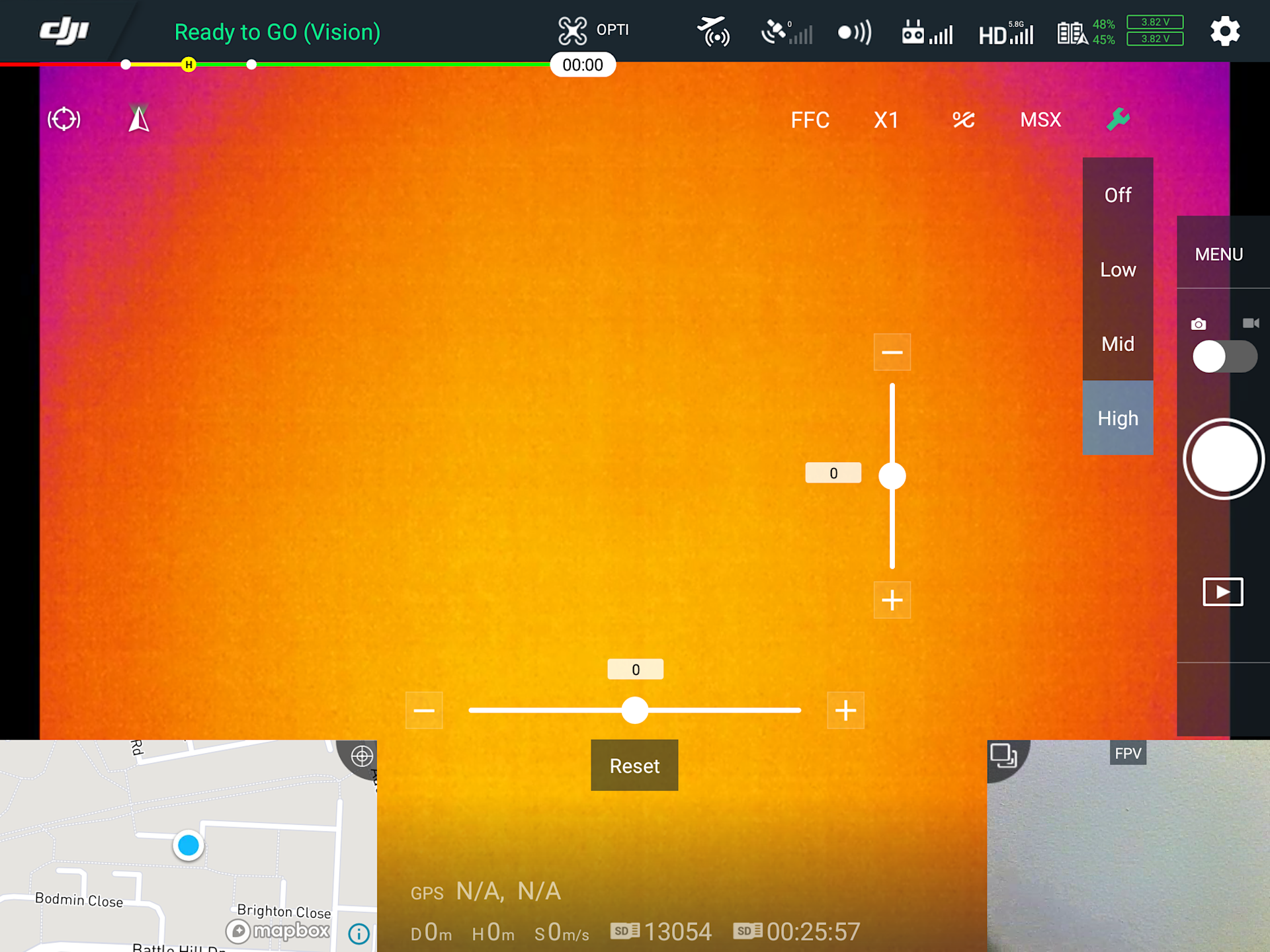
Spot Metering
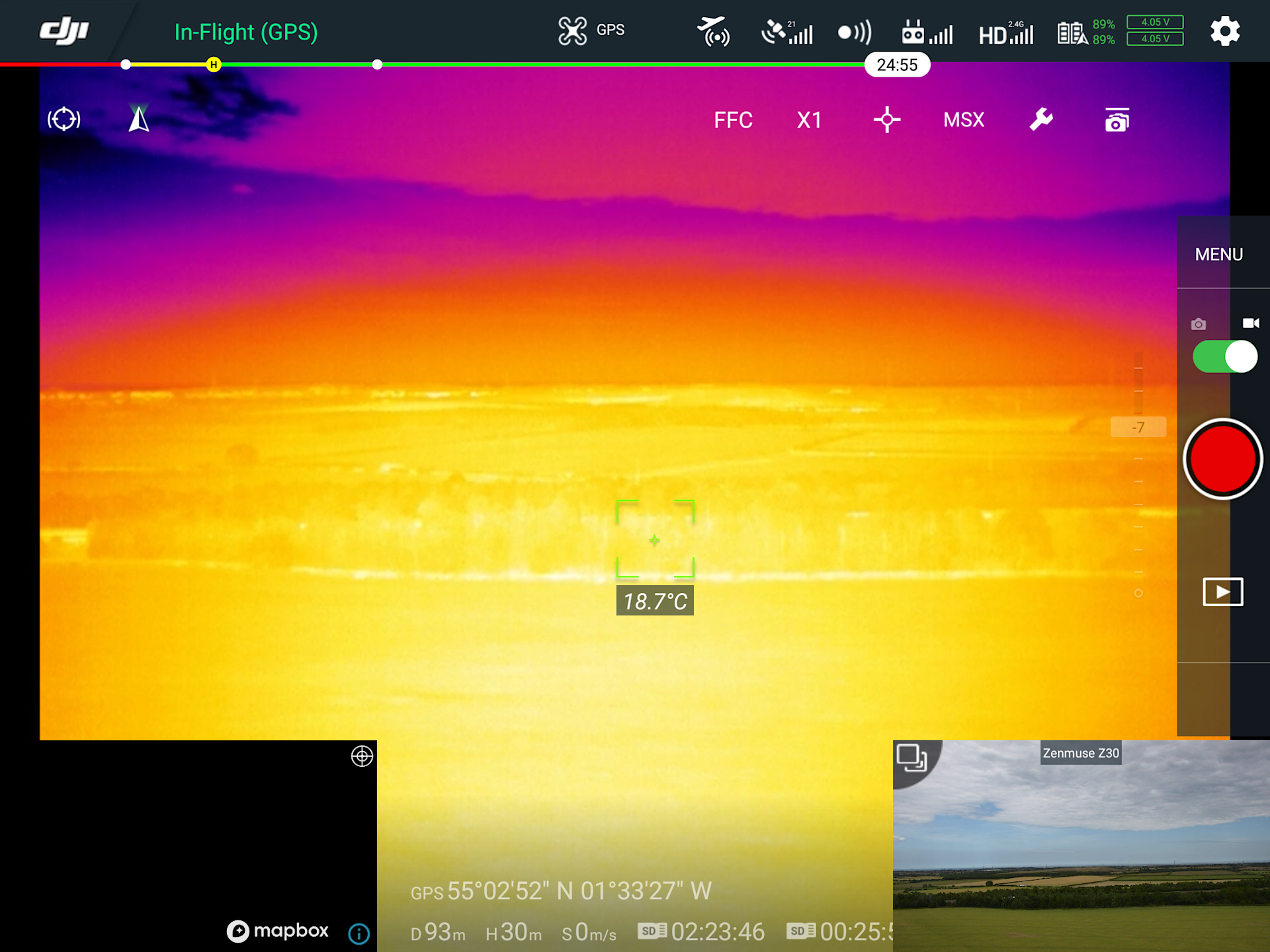
Area Measurement
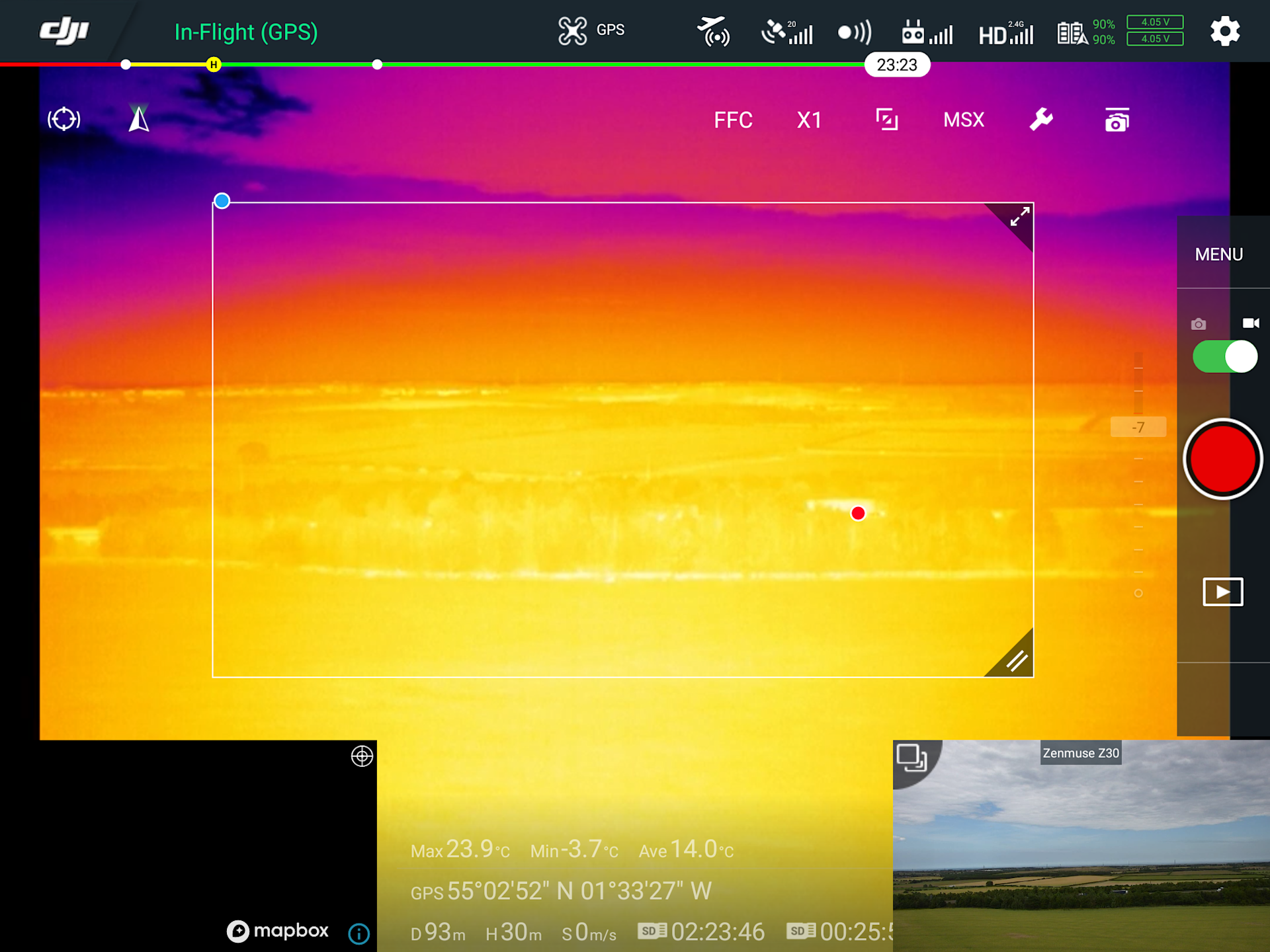
FLIR MSX
The FLIR MSX brings together FLIR’s thermal imagery and DJI’s visual data simultaneously in several different setups. The thermal data is overlaid with the visual image, resulting in the maximum amount of detail.
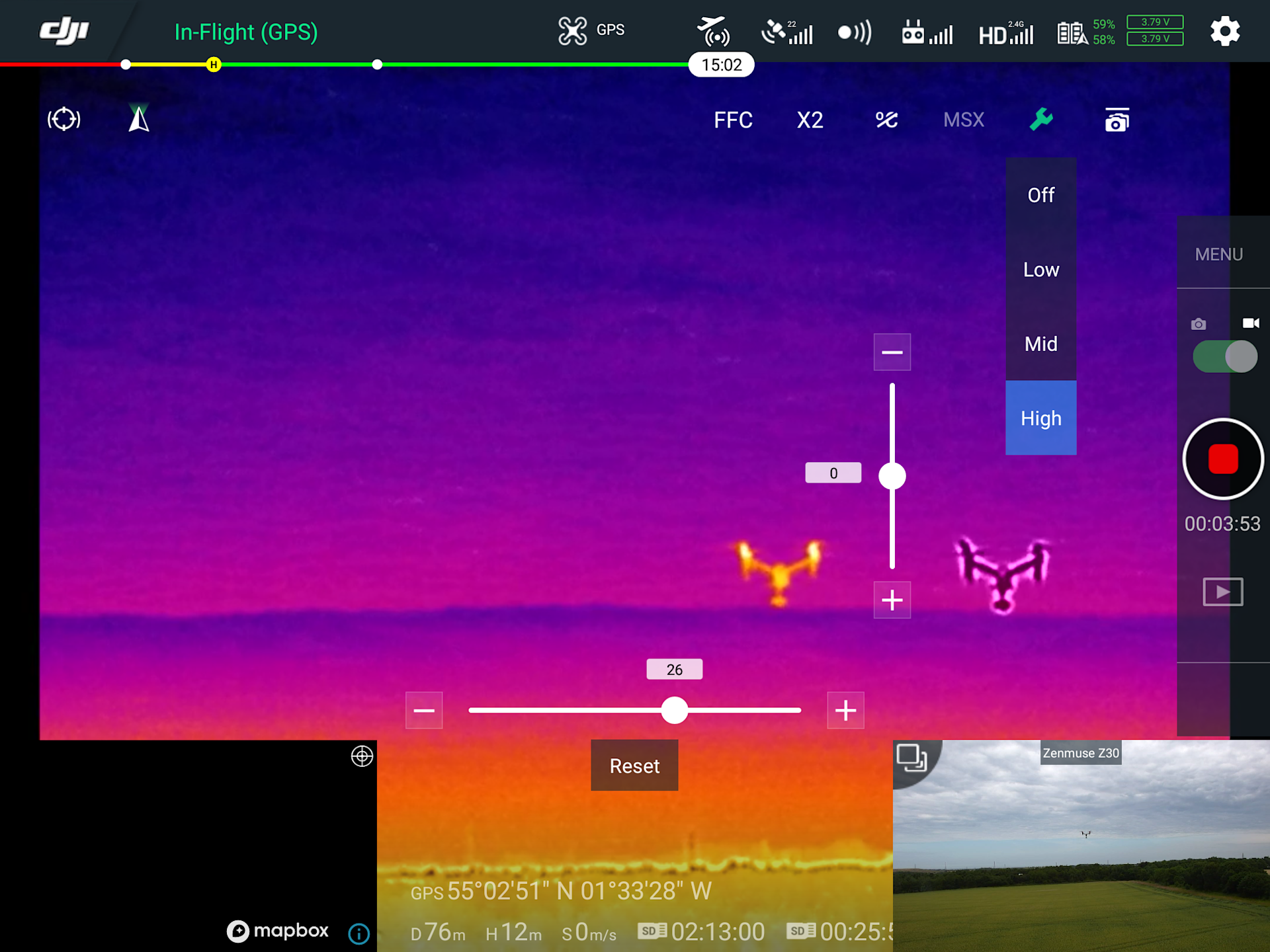
Zenmuse XT PiP
The PiP (Picture in Picture) utilises both the thermal and visual data in a useful and flexible display. You can choose to overlay the data, set the thermal window in the middle of the screen, have two split screens or put the screen at various points around the main image. The visual data must be the primary and larger screen, with the thermal as the secondary screen. PiP adds to the users’ flexibility offering different setups to suit the application.
Temp Alarm
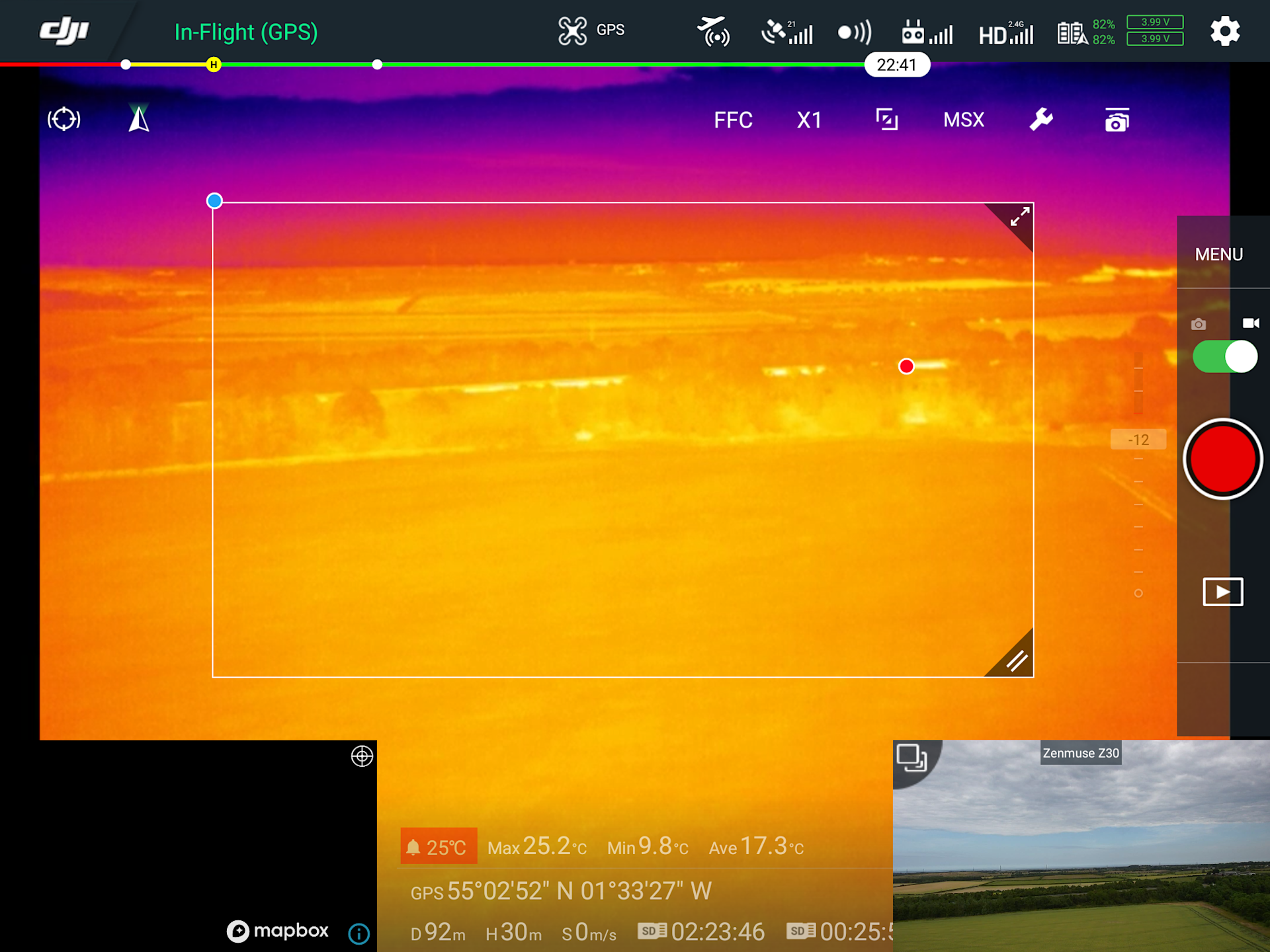
HeatTrack
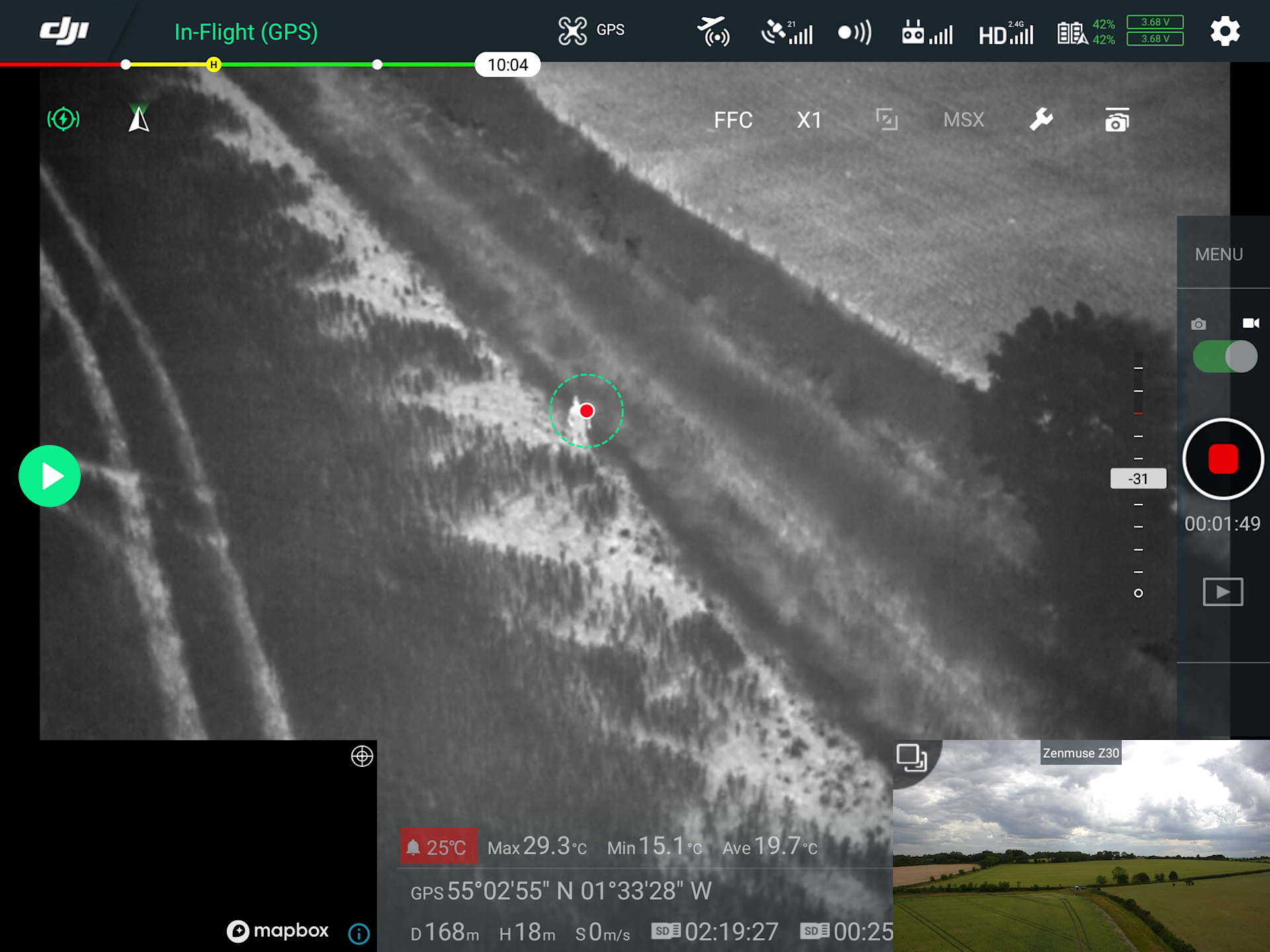
QuickTrack
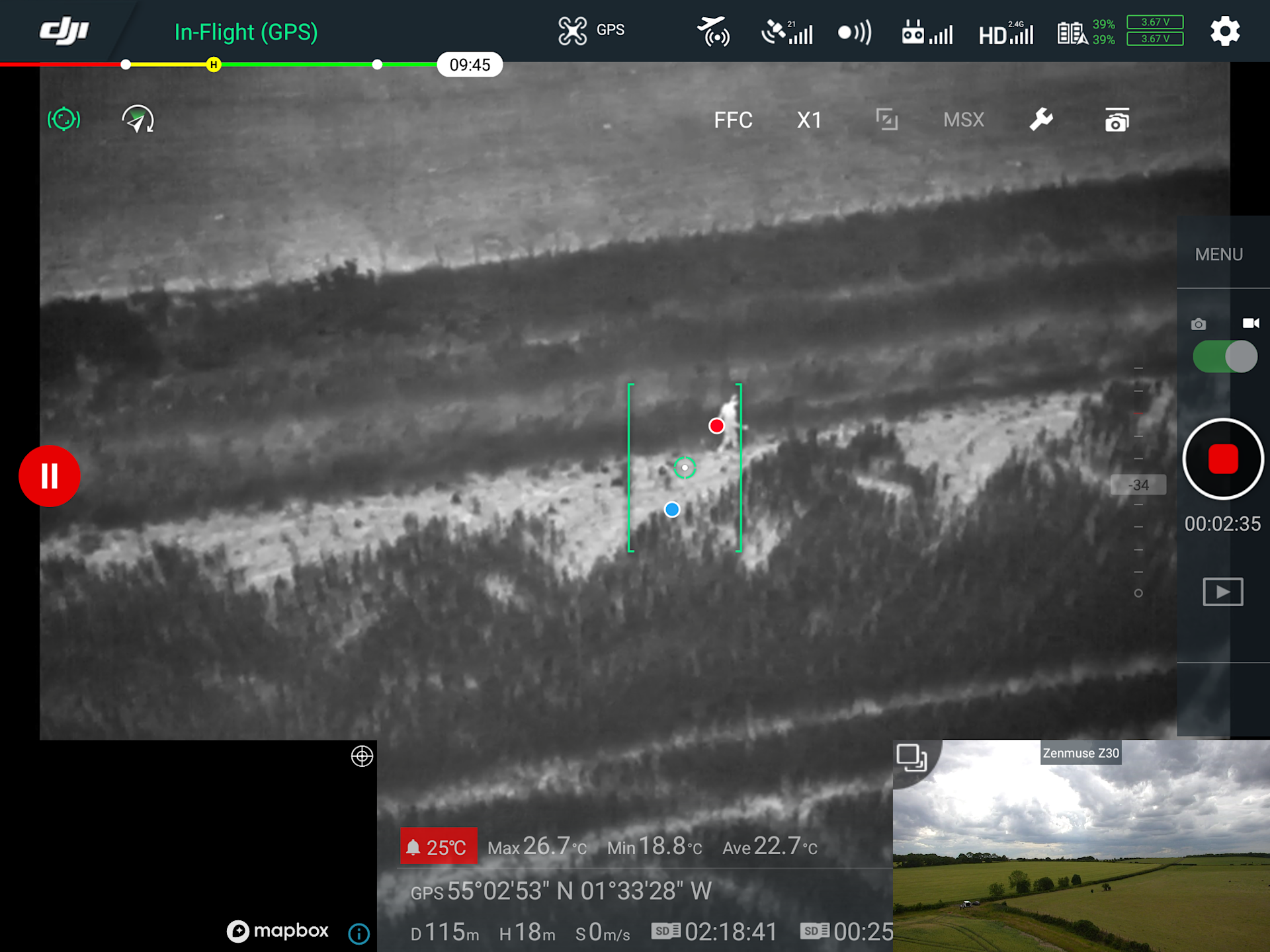
DJI Zenmuse XT2 Isotherms
The Zenmuse XT2 has a wide range of Isotherms available. This helps the XT2 integrate into any workflow, adapting to suit applications from search and rescue to advanced surveying and focus on what’s important to you. In individual Isotherms, three thresholds are used; upper middle and lower. These thresholds highlight specific temperatures in unique colours, making an area in your desired temperature range stand out. There are three pre-set options for Isotherms; Search People, Search Fire and Customised. This gives flexibility for users to adapt the XT2 for their requirements.
Search Fire
High: 980°C (1800°F) Mid: 150°C (300°F) Low: 65°C (150°F) Palette: WhiteHotISO
Search People

Colour Palette
Another option available on the XT2 to help users easily interoperate their data is Colour Palette. The colour scales on the XT2 are the same as that on the original Zenmuse XT and can be adapted to the users’ needs. Check out a selection of the Colour Palette options below:
Gain Mode
Another tool available on the XT2 to enhance the results of your data is the inclusion of various Gain Modes. These modes help with the clarity of your data by altering the Xt2’s sensitivity. The following three options are available: High Gain – A narrow temperature range is recorded with high sensitivity to a temperature difference. Low Gain – A wide temperature range is captured with a lower sensitivity to a temperature difference. Auto Gain – The best temperature range is automatically selected to suit your scene. Using the Auto Gain Mode uses the XT2’s algorithms to suit your scene and will provide the best results for most users. The XT2 will be set in this mode as its default.
Scene
The Scene mode will help give you the best results to suit the location of your flight. You can choose from Indoor, Outdoor, Linear, Sea/Sky, Manual, Custom and Default. Each of the following properties will be set according to your choice: DDE (Digital Detail Enhancement) – Augments the image detail and suppresses image noise. ACE (Active Contrast Enhancements) – Adjusts the image contrast to suit the scene’s temperature. SSO (Smart Scene Optimization) – Defines the percentage of the histogram of the image that is used for linear mapping. Contrast – Sets the ratio of black to white accordingly. Brightness – Sets the brightness of the image. Choose the appropriate Scene to suit your desired location.
Emissivity and the Zenmuse XT2
Emissivity is one of the key factors to achieving accuracy when capturing thermal data. Different objects have a different emissivity depending on their material. Emissivity is worked out by comparing an object's energy emission to the efficiency of a perfect emitter. A perfect emitter is given a value of '1'. On the XT2, you can input the emissivity level according to your environment and the material you’re looking at. Check out the emissivity of common materials you will likely encounter:
#### Asphalt | 0.90 to 0.98 |
#### Concrete | 0.92 |
#### Dry Soil | 0.90 |
#### Wet Soil | 0.95 |
#### Wood | 0.90 |
#### Water | 0.92 to 0.96 |
#### Ice | 0.96 to 0.98 |
#### Snow | 0.83 |
#### Brick | 0.93 to 0.96 |
#### Lacquer (Paint) | 0.80 to 0.95 |
#### Lacquer (Flat Black) | 0.97 |
#### Textiles | 0.90 |
#### Human Skin | 0.98 |
#### Polished Aluminium | 0.04 to 0.06 |
#### Anodised Aluminium | 0.55 |
#### Stainless Steel | 0.16 to 0.45 |
#### Rusty Steel | 0.69 |
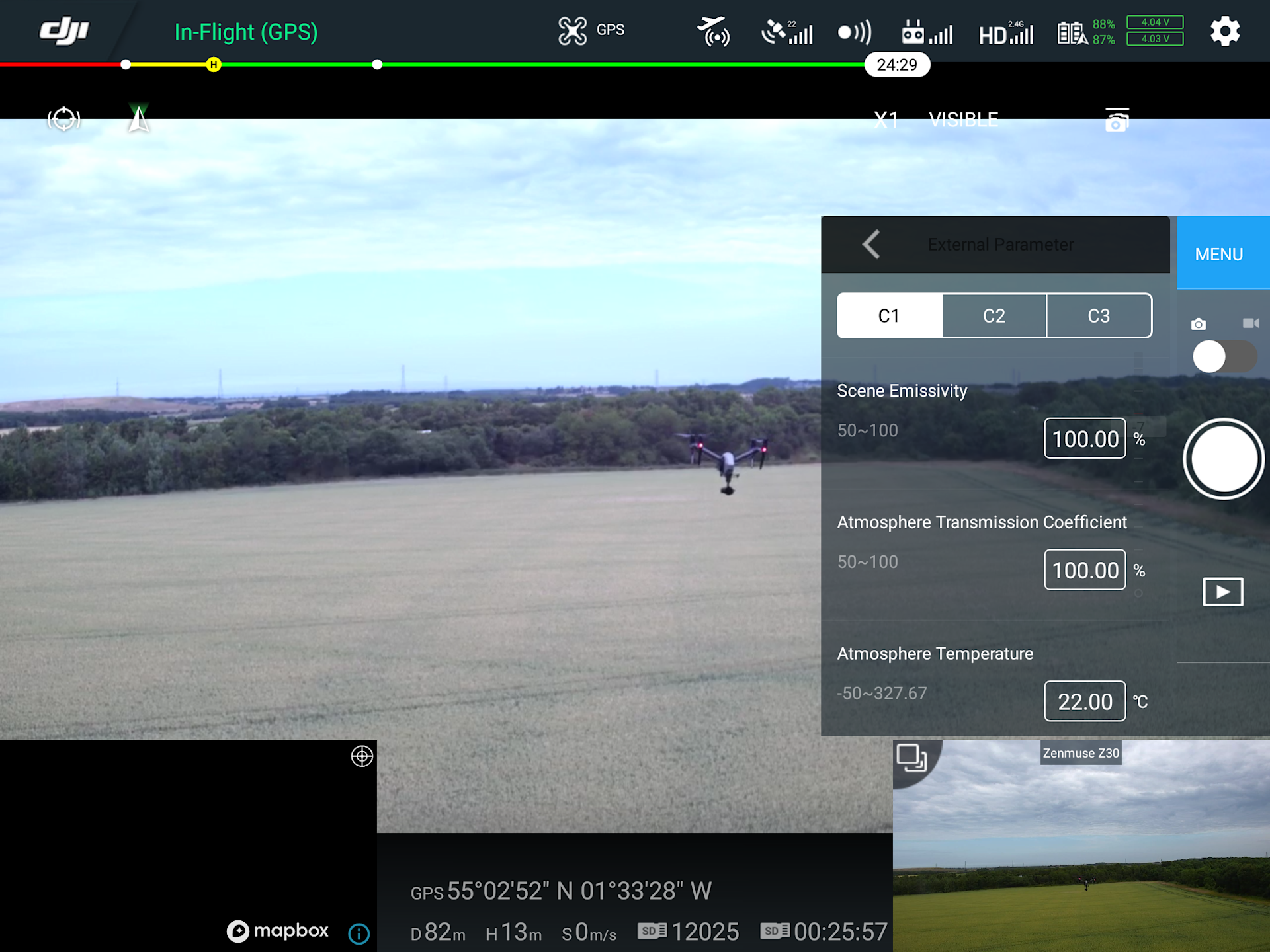
Choosing a Zenmuse XT2 Configuration
In the UK, there are 12 configurations available of the Zenmuse XT2 with different frame rates, resolutions and lenses. The lenses on the Zenmuse XT2 are fixed and cannot be changed once purchased so choosing the right edition for your workflow is vital. Check out the Zenmuse XT2 variations below:
#### Lens Models | 9 mm | 13 mm | 19 mm | 25 mm | |
#### 640×512 | FoV iFoV | / | f/1.25 45°×37° 1.308 mr | f/1.25 32°×26° 0.895 mr | f/1.1 25°×20° 0.680 mr |
#### 336×256 | FoV iFoV | f/1.25 35°×27° 1.889 mr | f/1.25 25°×19° 1.308 mr | f/1.25 17°×13° 0.895 mr | / |
#### Min Focus Distance | 3.2 cm | 7.6 cm | 15.3 cm | 30 cm | |
#### Hyperfocal Distance | 2.1 cm | 4.4 cm | 9.5 cm | / | |
#### Hyperfocal Depth of Field | 1.1 cm | 2.2 cm | 4.8 cm | / |
XT2 Frame Rates
In the UK, users can choose between a max thermal frame rate of either 9 or 30 Hz. Please note, if you’re outside the UK, the sale of 30 Hz models may be subject to restrictions. Speak to our team for more details on this using the number below. In basic terms, the frame rate number translates into frames per second on the camera. The number will have an effect on the speed of the video, with a higher number having a faster video whereas the lower may be slightly choppier.
XT2 Resolution
The resolution of the camera will affect how many pixels are visible on your image. With the 640 x 512 model, a total number of 327680 pixels will be available, whereas, with the 336 x 256 resolution, 86016 are visible. It's recommended that at least 10 x 10 pixels are viewed on your target in order to achieve valuable results. The higher the resolution you have on your subject, the greater the detail you will be able to see. This is especially important when you're flying further away from your subject and unable to get close.
XT2 Lenses
In terms of lenses, the smaller number will result in a wider field of view, whereas a higher number will show a subject in more detail. If you need to get more detail on your subject from further away, the 25mm will offer the best results. Choose the lens based on the detail needed in your data according to your application.
Please Note - If you’re interested in discussing the availability and configuration of the Zenmuse XT2 in your country, please contact our team on +44 (0)191 296 1024 or email us at info@heliguy.com.
Summary
The DJI Zenmuse XT2 is a fantastic step up from the original Zenmuse XT. The addition of a visual camera gives a clearer picture of the scene, helping to improve site safety and your overall results. The wide range of intelligent features means the XT2 can be incorporated into more industries than ever before ranging from public safety to inspection as well as many others. Speak to a member of our team today to find out more about the Zenmuse XT2 and how it could improve safety and efficiency in your industry.
Specifications
Let's check out the specifications of the Zenmuse XT2:
General
#### Dimensions | With 25 mm lens: 123.7 x 112.6 x 127.1 mm With other lens: 118.02 x 111.6 x 125.5 mm |
Thermal Camera
#### Thermal Imager | Uncooled VOx Microbolometer |
#### FPA/Digital Video Display Formats | 640x512 336x256 |
#### Digital Zoom | 640x512: 1x, 2x, 4x, 8x 336x256: 1x, 2x, 4x |
#### Pixel Pitch | 17 µm |
#### Spectral Band | 7.5-13.5 µm |
#### Full Frame Rates | 30 Hz |
#### Exportable Frame Rates | <9 Hz |
#### Sensitivity (NEdT) | <50 mk @ f/1.0 |
#### Scene Range (High Gain) | 640x512: -25° to 135°C 336x256: -25° to 100°C |
#### Scene Range (Low Gain) | -40° to 550°C |
#### File Storage | MicroSD card* |
#### Photo Format | JPEG, TIFF, R-JPEG |
#### Video Format | 8 bit: MOV, MP4 14 bit: TIFF Sequence, SEQ** |
Notes: The SD card, which is located near the lens, is used to store TIFF Sequence and SEQ infrared RAW video only. The other format footage will be stored in the other SD card. *It is recommended to use ImageJ to play the TIFF Sequence video and FLIR Tools to play SEQ video.
Image Processing & Display Control
#### Image Optimization | Yes |
#### Digital Detail Enhancement | Yes |
#### Polarity Control (Black Hot/ White Hot) | Yes |
Gimbal
#### Angular Vibration Range | ±0.01° |
#### Mount | Detachable |
#### Controllable Range | Tilt: +30° to -90° Pan: ±320° |
#### Mechanical Range | Tilt: +45° to -130° Pan: ±330° Roll: -90° to +60° |
#### Max Controllable Speed | Tilt: 90°/s Pan: 90°/s |
Visual Camera
#### Sensor | 1/1.7" CMOS Effective Pixels: 12 M |
#### Lens | Prime lens Focus at 8 mm FOV 57.12°x 42.44° |
#### Digital Zoom | 1x, 2x, 4x, 8x |
#### Photo Formats | JPEG |
#### Video Formats | MOV, MP4 |
#### Video Resolutions | 4K Ultra HD: 3840x2160 29.97p FHD: 1920x1080 29.97p |
#### Working Modes | Capture, Record, Playback |
#### Still Photography Modes | Single Shot Burst Shooting(3/5 frames) Interval (2 / 3 / 4 / 7 / 10 / 15 / 20 / 30 sec) |
#### Video Caption | Supported |
#### Anti-flicker | Auto, 50 Hz, 60 Hz |
#### Storage | MicroSD card Max capacity: 128 GB. UHS-3 required Recommended model: Sandisk Extreme 16/32 GB UHS-3 microSDHC Sandisk Extreme 64/128 GB UHS-3 microSDXC |
#### Supported File System | FAT 32 (≤32GB), exFAT (>32GB) |
Image Processing & Display Control
#### Color & Monochrome Palettes (LUT) | Yes |
Models – Lens and Resolution options
#### Thermal Lens Models | 9 mm, 13 mm, 19 mm, 25 mm |
#### 640x512 FoV, iFoV | N/A, f/1.25 45°x37° 1.308 mr, f/1.25 32°x26° 0.895 mr, f/1.1 25°x20° 0.680 mr |
#### 336x256 FoV, iFoV | f/1.25 35°x27° 1.889 mr, f/1.25 25°x19° 1.308 mr, f/1.25 17°x13° 0.895 mr, N/A |
#### Min Focus Distance | 3.2 cm, 7.6 cm, 15.3 cm, 30 cm |
#### Hyperfocal Distance | 2.1 m, 4.4 m, 9.5 m, 21m |
#### Hyperfocal Depth of Field | 1.1 m, 2.2 m, 4.8 m, 11m |
To discuss any information from the above post or any DJI or Freefly product, please give one of our team a call on 0191 296 1024 or email us at info@heliguy.com.
Keep checking back to Heliguy’s Insider Blog for more announcements, insights into drones and, of course, the latest news from the drone industry.
